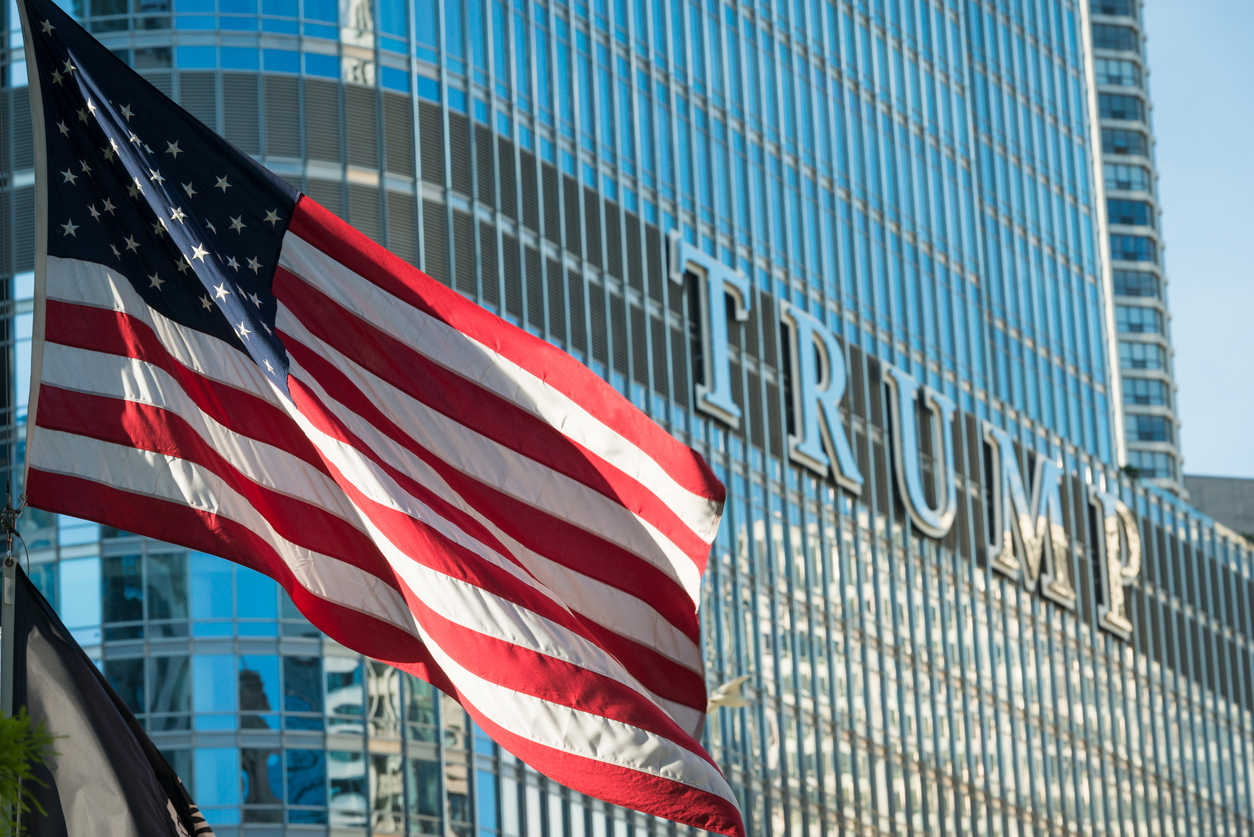
November 14, 2025
Trump stated that his administration intends to lower tariffs on India and signalled progress toward a fair trade deal
He linked the high tariff levels to India’s Russian oil purchases, which he claimed had reduced substantially
India and the United States continue to work on a bilateral trade agreement aimed at more than doubling current trade volumes
Barclays reported resilience in India’s exports despite tariff pressures and expects secondary tariffs to be lifted by the end of the year

US President Donald Trump indicated that his administration would lower the high tariffs imposed on India, describing this as the clearest sign yet that the months-long trade friction between the two countries may be easing. He argued that the elevated tariffs stemmed from India’s purchases of Russian oil, while again asserting that New Delhi had largely halted such imports. He added that Washington intended to reduce tariffs at an appropriate time and said the United States was nearing what he described as a fair arrangement with India, although he offered no timeline. His comments come months after the imposition of the 25% penal tariffs.
Trump has repeatedly claimed that India planned to phase out crude purchases from Moscow. Meanwhile, New Delhi and Washington continue to work on a bilateral trade agreement, with the first tranche expected to be ready soon. The agreement aims to lift bilateral trade from the current 191 billion dollars to 500 billion dollars by 2030. Officials noted that India is awaiting a response from Washington and that a fresh round of negotiations is not required for now.
Barclays reported on Tuesday that India’s goods exports remained resilient in the first half of FY26 despite uncertainty around trade policy and tariffs. The bank expects the secondary 25% tariffs to be rolled back by year’s end, citing reduced Russian oil purchases. It noted that India faces an effective tariff rate of 35.7%, which places it at a disadvantage compared with other emerging markets, though export resilience has been supported by frontloaded shipments, diversified markets and steady growth in sectors such as telecom and pharmaceuticals that are not subject to US tariffs.
Trump said the United States was finalising a new agreement with India that differed significantly from past arrangements. He acknowledged that India may not be favourably disposed towards him at the moment but asserted that relations would improve once the new deal was concluded. He maintained that previous trade relationships were unfair and insisted that the two countries were now close to an equitable arrangement.
Back in India, Commerce and Industry Minister Piyush Goyal emphasised that the government remained focused on domestic priorities. He said the trade deal could be concluded at any time but reiterated that India would not compromise on the interests of farmers, dairy producers or workers. He underlined that the government was preparing for every possible scenario and seeking a fair and balanced agreement.
At the White House, Trump referred to US Treasury Secretary Scott Bessent and reiterated that the administration was nearing an arrangement that would benefit all parties. Bessent had been among those who criticised India for earning significant profits from the sale of Russian crude during the conflict in Ukraine.
Russian oil accounted for 33.9% of India’s crude imports by volume between April and August, marginally lower than last year’s 35.8% share. India has gradually diversified its energy sources, increasing imports from Iraq, Saudi Arabia, the UAE and the United States by 11%, 31%, 58% and 99%, respectively, over the same period.
Trump was speaking at the swearing-in of Sergio Gor as the new US Ambassador to India and special envoy to South and Central Asia. He told the gathering that Gor would handle the assignment with exceptional capability and congratulated him on the appointment. He described India as one of the world’s oldest civilisations and the largest country globally and expressed confidence that Gor would strengthen ties between the two democracies.
Trump said he expected Gor to advance one of America’s most important international partnerships by deepening the strategic relationship with India. He spoke of India’s rapidly expanding middle class and its role as a vital economic and security partner in the Indo-Pacific region. As Ambassador, Gor will work to strengthen bilateral ties, encourage investment in key American industries and technologies, increase US energy exports and expand security cooperation.
After taking the oath of office, Gor thanked Trump for entrusting him with the role and said he looked forward to strengthening the relationship between the two countries. He had visited India in October and met Prime Minister Narendra Modi during the trip.
The ceremony was attended by US Vice President JD Vance, Secretary of State Marco Rubio, Scott Bessent, Attorney General Pam Bondi, US Attorney for the District of Columbia Jeanine Pirro, Erika Kirk and several members of the US Senate.
Source: Economic Times